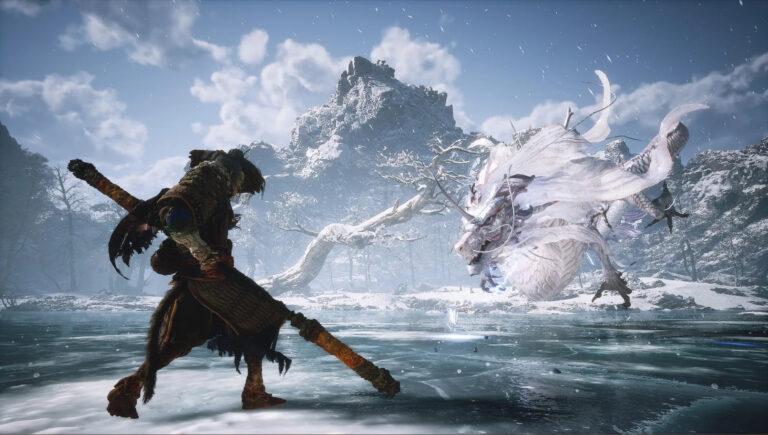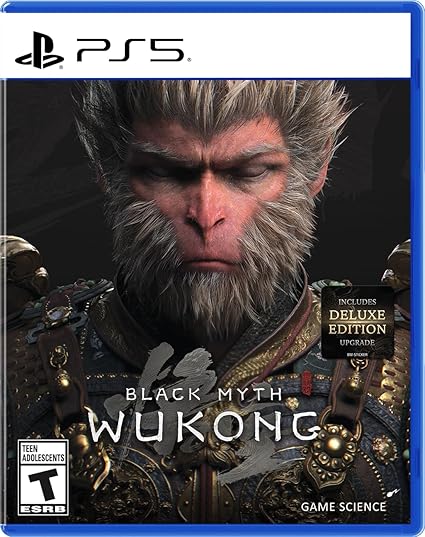
Black Myth: Wukong promises a rich blend of mechanics and mythological storytelling, redefining the action-adventure genre. Environmental puzzles rooted in Chinese mythology challenge players to solve tasks like arranging celestial constellations or aligning mythical statues, unlocking hidden treasures and areas while immersing players in the lore. Companion NPCs, though temporary, add depth to combat and storytelling, potentially including alliances with celestial deities who assist in battles or guide the protagonist. The adaptive enemy AI ensures dynamic encounters, responding to repeated strategies by changing attack patterns or defenses. Transformations, a key feature, can be customized and upgraded, encouraging diverse combat styles while penalizing excessive reliance through cooldowns or stamina costs. These interconnected systems create a cohesive experience where myth, strategy, and exploration converge, ensuring every moment feels meaningful and rewarding.

Can the protagonist’s transformations be upgraded or customized for unique combat styles?
Can the protagonist’s transformations be upgraded or customized for unique combat styles?
Yes, transformations in Black Myth: Wukong can be upgraded for enhanced abilities. For example, the Monkey King’s transformation into a giant creature could increase in power, gaining new attacks like a devastating ground slam. Customization might allow players to focus on specific strategies, such as defensive forms for durability or agile forms for speed. Upgrades could be tied to in-game resources like experience points or collectibles, adding progression depth.
Are there environmental puzzles that utilize Chinese mythology as clues?
The game is likely to feature environmental puzzles deeply rooted in Chinese mythology. For instance, players may encounter a puzzle requiring them to align statues of mythical creatures, such as dragons and phoenixes, in a specific order based on mythological lore. These puzzles could unlock hidden areas or rare treasures. Solving them would require understanding the environment’s subtle narrative clues or visual symbols, promoting exploration and engagement with the game’s cultural themes.
Does the game feature companion NPCs who assist in combat or story progression?
Though Black Myth: Wukong is primarily a solo experience, companion NPCs may appear in key story sections. For example, the protagonist could briefly ally with a celestial deity who provides healing abilities or buffs during a challenging boss fight. Regarding story progression, companions might guide the player to new locations or unlock special dialogues, adding layers to the narrative. These interactions would likely be temporary and context-driven, enhancing specific moments.
How does enemy AI adapt to different player strategies during repeated encounters?
Enemy AI in Black Myth: Wukong may adapt to predictable player strategies. For instance, if the player frequently uses ranged attacks, enemies might close the distance faster or employ shields to block projectiles. Alternatively, heavily armored foes could change attack patterns if the player relies on dodging, forcing new defensive tactics. This adaptability ensures each encounter remains dynamic and encourages players to vary their approach, making combat more engaging and less repetitive.
Are there any penalties or consequences for excessive transformation use during gameplay?
Yes, excessive transformation use might come with strategic penalties. For example, transforming too often could drain stamina rapidly, leaving the player vulnerable to attacks. Alternatively, some powerful transformations might require rare consumables, limiting their use. Overreliance on transformations could also extend cooldown times, forcing players to manage their abilities carefully. These mechanics encourage strategic decision-making, rewarding balanced use of the protagonist’s diverse skill set instead of relying solely on transformations.


